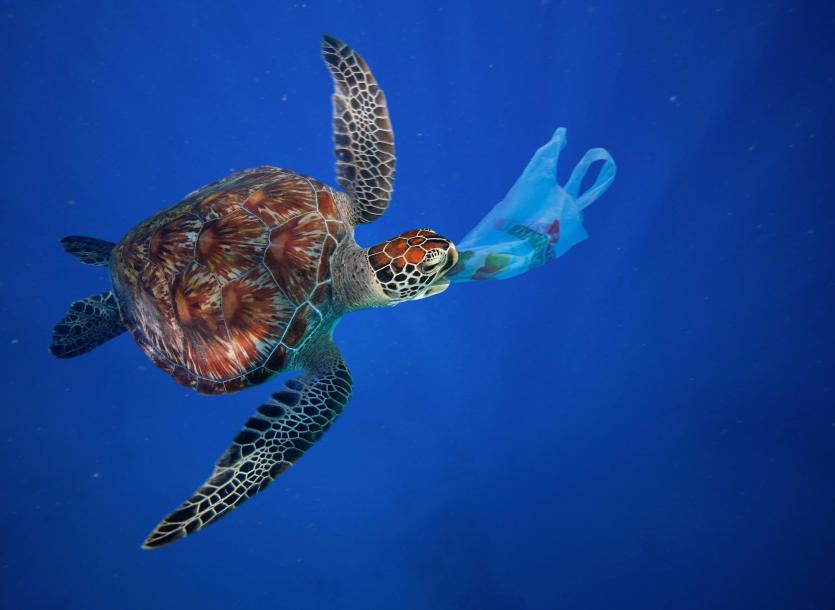Photo: National Geographic
By Patryk Krych | The World Daily | AUGUST 3rd 2021
Over time, it’s been noted that turtles, particularly young ones, are eating a dangerously large amount of plastic. A recent study had suggested that an ‘evolutionary trap’ may be the cause of this unhealthy habit.
Environments and habitats that were previously considered ideal for baby turtles’ growth had, over time, developed into areas that could be harmful to them. This is largely due to the increasing number of plastics in the ocean, which many species have trouble recognising as toxic material.
In a recent study, written up by researchers from the UK and Australia and published on Monday in the journal ‘Frontiers in Marine Science,’ it’s been found that almost every species of turtle had a number of small plastic fragments in their gastrointestinal tract. The highest affected number of these turtles were originally from the Pacific Ocean.
The researchers had studied at least 121 sea turtles of five different species, those being green, loggerhead, olive ridley, hawksbill and flatbacks. All were from either the Indian Ocean, or the Pacific Ocean. Of the green turtles from the Pacific Ocean, at least 83% were found to have plastics in their innards. One of the green turtles from the Pacific was even found to have had 144 pieces of plastic inside of it.
According to Dr Emily Duncan, of the Centre for Ecology and Conservation on Exeter’s Penryn Campus in Cornwall and the study’s co-author, one of the major evolutionary traits of a baby turtle is to develop and grow in the open ocean where there is a lower number of predators that hunt them.
“However, our results suggest that this evolved behaviour now leads them into a ‘trap’ – bringing them into highly polluted areas such as the Great Pacific Garbage Patch,” she added.
Duncan went on to say that it is thus far unclear what exact effect the ingestion of plastics has on younger marine creatures, aside from being a choking hazard. “Juvenile sea turtles generally have no specialised diet – they eat anything, and our study suggests this includes plastic,” Duncan said in a statement.
There are various other ways in which plastic can kill young turtles, aside form choking. It could lead to lacerations along their throats and gastrointestinal tracts, causing future complications. It’s also suspected of causing malnutrition and chemical contamination within their bodies.
This recent study gives more insight into where the plastic problem is worst for turtles, and how they end up consuming such toxic material. Although it is already confirmed that microplastics have been found in every single turtle species on Earth.






